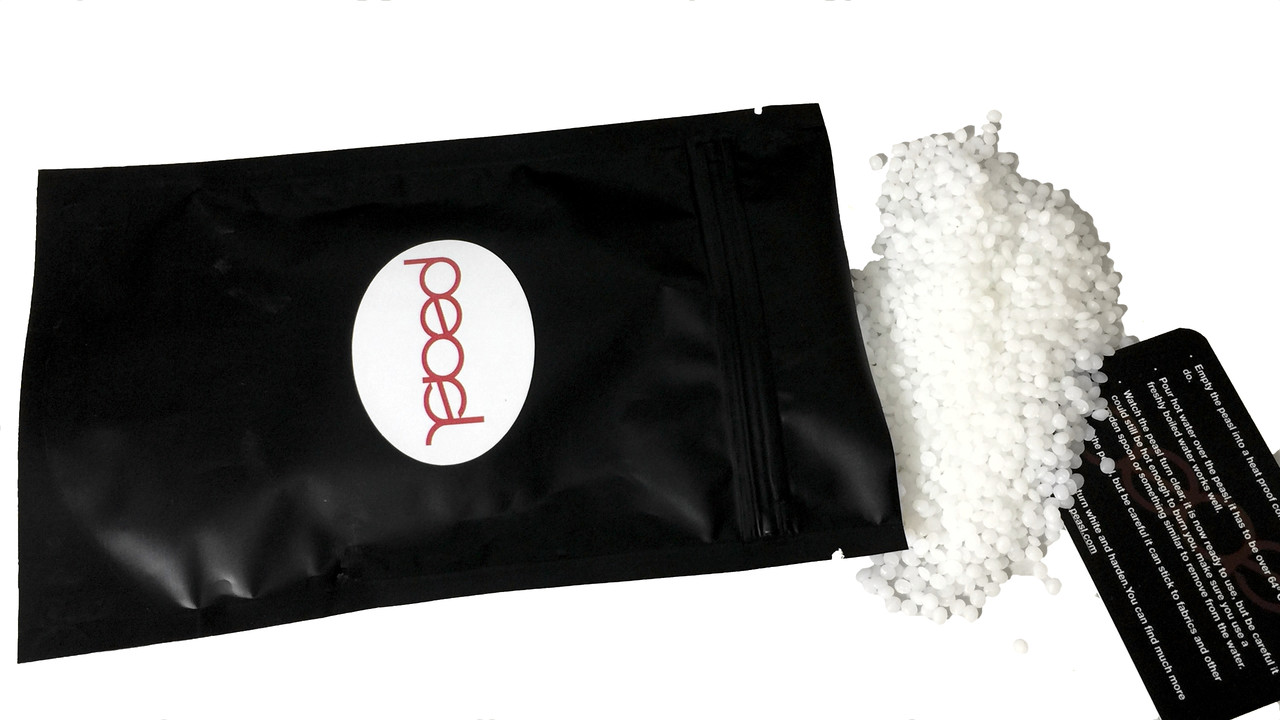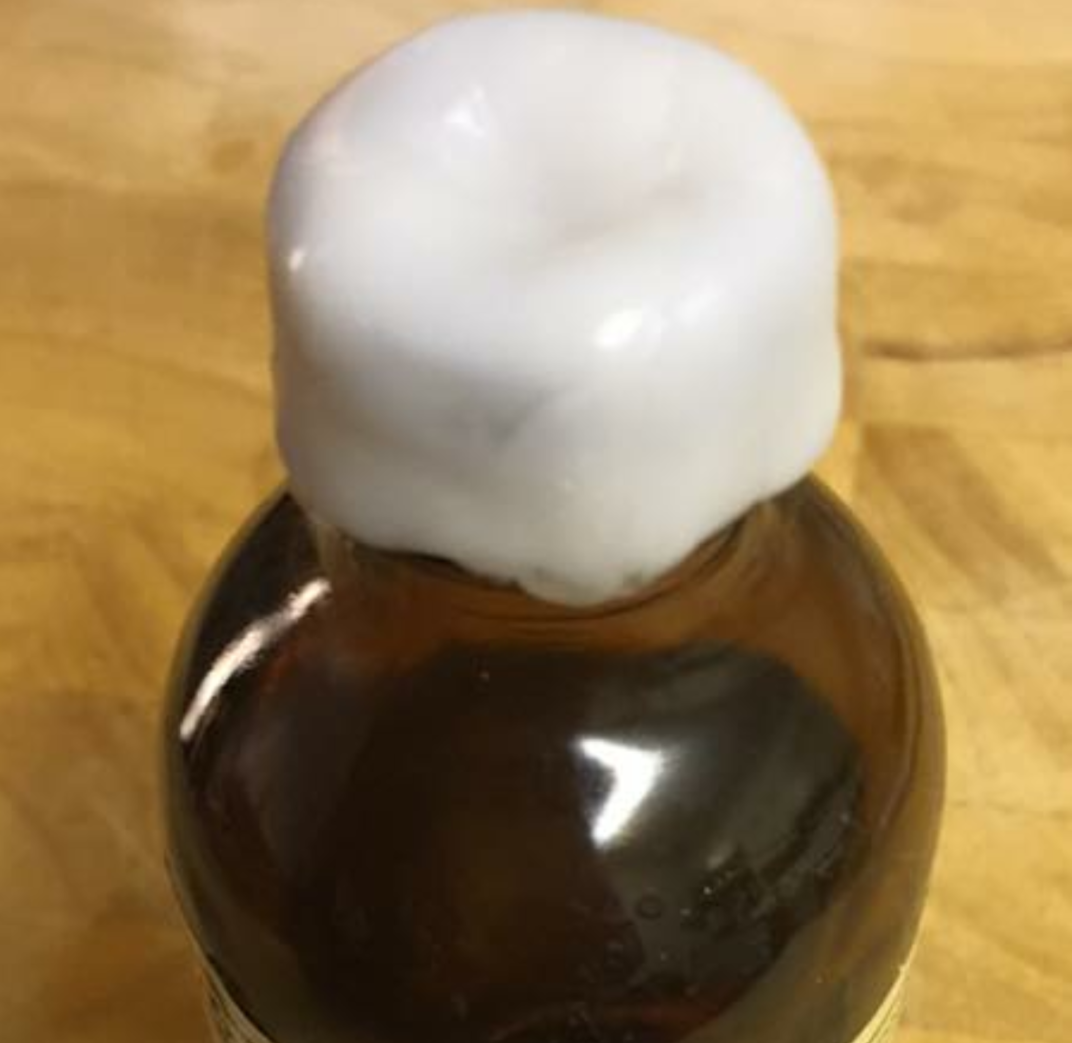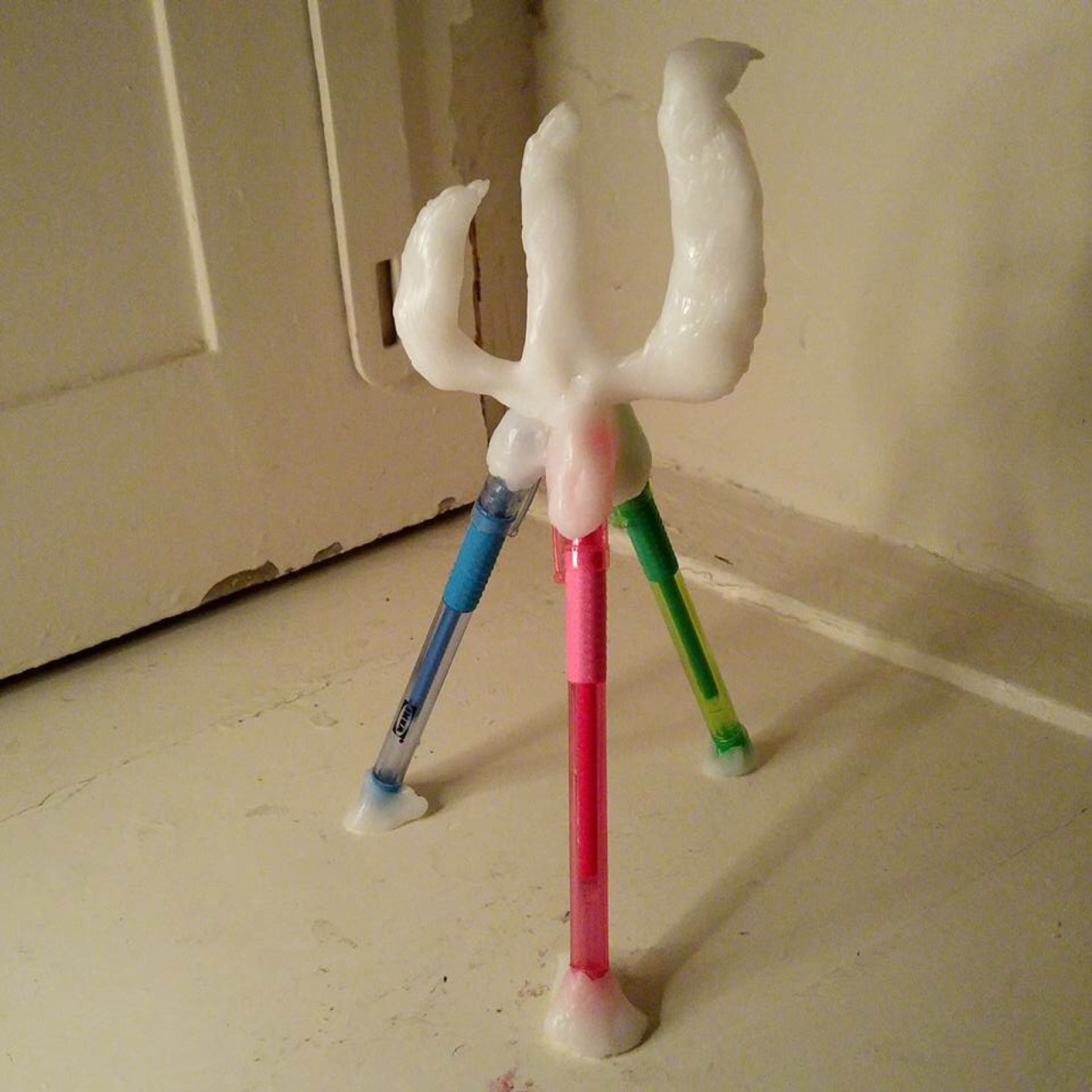
I ran across an unusual material called Peasl. Could it be used for – or with – 3D printing?
Peasl is actually a product name for a low-temperature thermoplastic that’s typically sold for manual use. It’s actually Polycaprolactone, a biodegradable polyester that melts at only 60C.
Peasl sells this stuff in bags of pellets, and the intended use is to manually create utility shapes as required. Simply heat up a bunch of pellets to 60C and then form them over, on or through another object and wait for it to cool down and solidify. You can quickly create rudimentary handles, lids, joints or other items.
But could you use this stuff for 3D printing? According to Peasl’s FAQ:
Hi, peasl is PCL (polycaprolactone) and it’s manufactured in the UK. It can be used as a medium for 3D printing, and several Architectural businesses have successfully used it to this end.
And indeed there have been experiments with “PCL” (which has obviously inspired the brand name, “Peasl”), and according to the RepRapWiki, PCL was one of the first plastic materials used in experimental extrusion-based 3D printers many years ago, due to its low melt point.

However, experimenters soon realized that anything printed in PCL is subject to thermal effects. Don’t even think of printing a PCL-based GPS mount for your car, for example, as you’ll return to your vehicle on a hot day and find your GPS mount in a puddle on the floor.
Can you buy PCL filament? It does not seem so, although there are rumors that MakerBot’s flexible filament is actually a blend of PCL. Certainly you could have a PCL filament custom made by a plastics factory.

But even if you do obtain PCL filament, there may be other issues: Ultimaker 3D printers, for example, have a minimum temperature requirement before they will begin extruding, which just happens to be above 60C. If you want to print PCL on an Ultimaker or other printers, you may have to take special actions to get it going.
All is not lost, though. Peasl, like Sugru, could be used in complementary manner with 3D prints, to join prints together, for example.
Via Peasl, RepRapWiki

